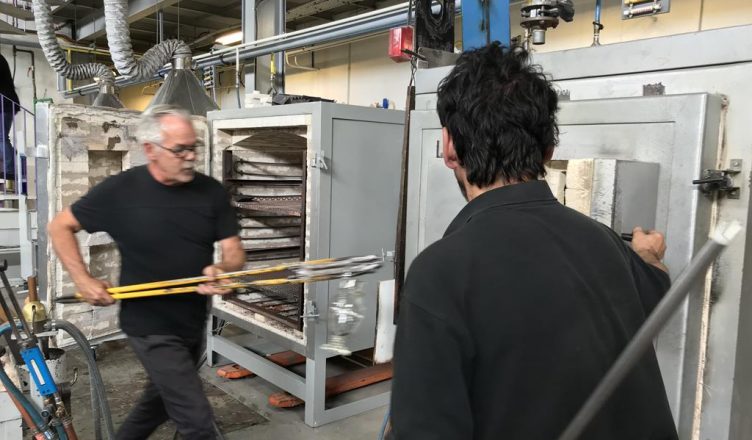Authors: Merel van der Vaart and Areti Damala
Mingei partners worked widely with diverse stakeholders in heritage crafts communities over the course of the project, through co-creation, research, documentation, digitalisation and much much more. Here we share good practice guidelines we have developed to guide engagement with heritage crafts communities in digital projects. This guidance is published in tandem with our ten safe-guarding steps.
Before engaging with a Heritage Craft Community, do your homework. Gathering as much information as possible about who they are, what their background is, and what the cultural and socio-economical context in which they operate is. This information will not only save time and help in the preparation of the appropriate material for the activity but also may prevent possible awkward social interactions or even faux pas from happening (i.e., doing something that is against local traditions and customs or asking an inappropriate question). This aligns with the ‘Introspection’ section presented in the ten safe-guarding steps.
Clear communication of activity goals, processes, and expectations is an important factor for a successful activity outcome. All parties involved should be on the same page as to who, why, how, and where the activity is going to be executed. Share this information well ahead of time so that enough time is allowed for the parties involved to ask for clarifications or express any concerns.
Heritage Craft practitioners are highly skilled and understand their craft in a holistic, sometimes visceral way. However, the world of digitisation might be new to them and an engineer’s or programmer’s approach to their craft might be very different from how they view it themselves. Also, their age or (cultural) background might mean certain requirements need to be met that might not be commonly encountered by technologists. Sessions should be adapted to participants’ requirements and not the other way around.
This refers to all aspects of planning and executing any collaborative activity with Heritage Crafts Communities or individual members. It means to be prepared to face unforeseen challenges and react accordingly. No matter how well prepared for the activity the team is, things can go different than expected. It is important to deal with such challenges promptly and accommodate changes to the original plans without compromising the value of the activity.
In digital cultural heritage projects, not all partners involved are familiar with state-of-the-art technologies and applications. Terms like Virtual Reality, Augmented Reality, Mixed Reality, Avatars, etc., may be foreign to most people involved. Moreover, their lack of technical expertise may make them reluctant to get involved in any technology-related decision making from fear that they have nothing of value to contribute to this aspect. To avoid such a situation from happening and encourage cultural heritage partners to engage fully in all stages of the project, the technical partners need to ease their fear of technology. Some of the ways to do that are to build technology or application demonstrators, build working or non-working prototypes that showcase the possibilities available, and to showcase existing examples of technologies that have been used in similar situations.
Craft understanding is an iterative process and alignment of all participants should take place prior to each new technology development iteration. A commonly understood reporting medium will provide insights on the outcomes of an iteration and allow further elaboration. For example, storyboards are useful for (a) illustrated scripts that decompose actions into simpler ones and (b) validating this transmitted information with the craft community, collecting feedback, and identifying parts of the process that may be underrepresented.
It is often the case that craft practitioners who represent an endangered craft are older people. When involving them in any type of project-related activity such as interviews, demonstrations, or co-creation workshops, there are a few points that the team needs to take into consideration to ensure a positive experience for them. These are:
- Duration of activity: keep the duration of the activity as short as possible and provide frequent breaks for refreshments, use of bathroom facilities, etc.
- Pace: people learn and think at different paces. Keep that in mind when planning and scheduling the activity and always include some buffer time to avoid rushing through the activity or running out of time.
- Envisioning abstract concepts: bear in mind that some people have no or limited prior experience in modern technologies. For example, it would be unrealistic to ask a group of people unfamiliar with digital technology to design or sketch an application/system from scratch without having a point of reference. We have found that it works best to start such activities by showing prototypes or other examples of technologies in similar contexts of use before asking for any type of input from them. Once people understand how a type of technology works and see examples of it in use, then they can then start envisioning how they can be of use for presenting the storyline of the craft they represent.

